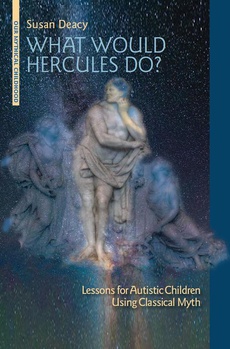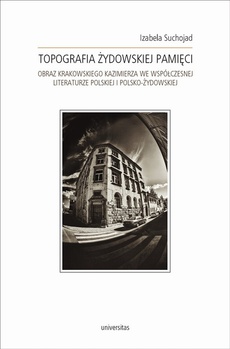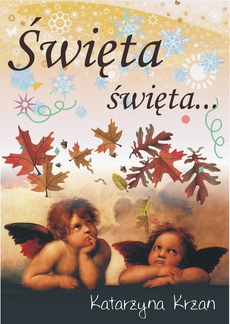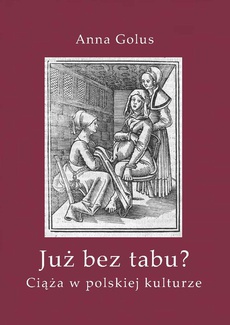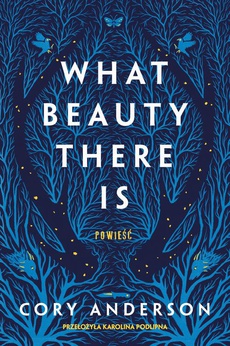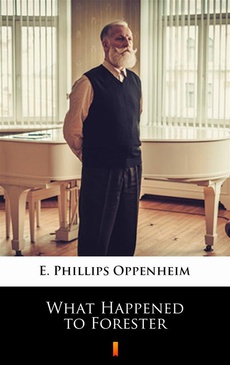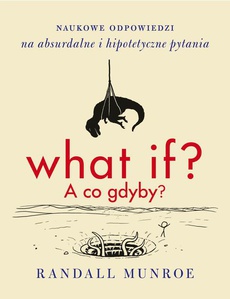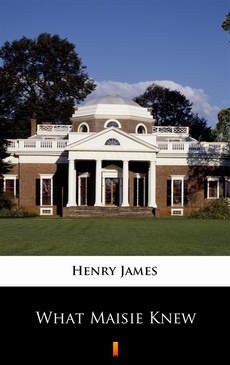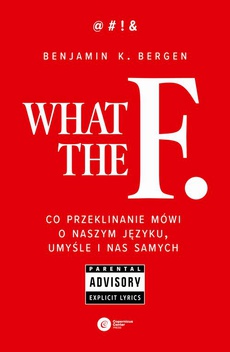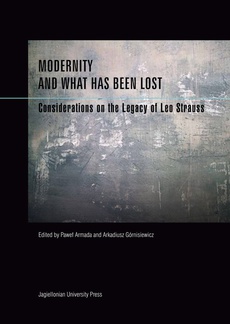POLECAMY
What Would Hercules Do?
Lessons for Autistic Children Using Classical Myth
Autor:
Wydawca:
Format:
ibuk
One day, according to the Ancient Greek author Xenophon, the hero Hercules “went out to a quiet place and sat, pondering”. This book explores what happened here and how and why it can resonate with autistic young people. The book presents a set of ten lessons, each dealing with an aspect of what happened when Hercules entered the quiet place, met two women (or goddesses, or personifications…) and was tasked to make a choice between two paths, literal and metaphorical.
The lessons deal, too, with particular dimensions of autism, including: communicating, emotions, decision-making, sensory experiences, planning and interests. This pathbreaking book should be of particular interest to professionals and practitioners looking to utilize the appeal of mythology in their work with autistic children and academics in areas such as education, Classics and literature interested in the experiential application of their subject.
The publication is licensed under the Creative Commons Attribution-ShareAlike 3.0 Poland license (CC BY 3.0 PL) (full license available at: https://creativecommons.org/licenses/by/3.0/legalcode).
******
Co zrobiłby Herkules? Lekcje dla dzieci z autyzmem zainspirowane mitologią klasyczną
Pewnego dnia, jak twierdzi starogrecki pisarz Ksenofont, Herkules „udał się w ustronne miejsce i usiadł, by rozmyślać”. Ta książka jest o tym, co się wówczas stało i dlaczego opowieść ta może przemawiać do młodych ludzi z autyzmem. Zawiera scenariusze dziesięciu lekcji poświęconych różnym aspektom tego, co wydarzyło się, kiedy Herkules znalazł się w ustronnym miejscu, spotkał dwie kobiety (czy też boginie, czy też personifikacje…) i musiał dokonać wyboru jednej z dwóch dróg, dosłownej albo metaforycznej.
Proponowane lekcje dotyczą poszczególnych wymiarów autyzmu, w tym: porozumiewania się, emocji, podejmowania decyzji, doświadczeń zmysłowych, planowania i zainteresowań. Ta przełomowa praca skierowana jest zwłaszcza do nauczycieli, którzy chcieliby wykorzystać atrakcyjność mitów w pracy z dziećmi z autyzmem, oraz specjalistów z zakresu pedagogiki, filologii klasycznej i literaturoznawstwa zainteresowanych praktycznymi zastosowaniami swoich dyscyplin.
Publikacja na licencji Creative Commons Uznanie autorstwa 3.0 PL (CC BY 3.0 PL) (pełna treść wzorca dostępna pod adresem: http://creativecommons.org/licenses/by/3.0/pl/legalcode).
| Rok wydania | 2023 |
|---|---|
| Liczba stron | 202 |
| Kategoria | Historia kultury |
| Wydawca | Uniwersytet Warszawski |
| ISBN-13 | 978-83-235-5880-4 |
| Numer wydania | 1 |
| Język publikacji | angielski |
| Informacja o sprzedawcy | ePWN sp. z o.o. |
Ciekawe propozycje
Spis treści
| Katarzyna Marciniak, The Possible Dream – or, A Foreword by the Series Editor | 11 |
| Note on the Author | 21 |
| Note on the Illustrator | 23 |
| List of Figures | 25 |
| Susan Deacy, Foreword and Acknowledgements – or, On Reaching a Fork and Taking It | 35 |
| Chapter 1: Introduction | 49 |
| Chapter 2: Stones to Stars: Autism and This Book | 65 |
| Chapter 3: Classical Myth, Hercules, and How “That Sounds Like Being Autistic” | 79 |
| Chapter 4: The Choice of Hercules | 97 |
| Chapter 5: The Lessons | 115 |
| Introduction | 115 |
| Preliminary Lesson: Decorating the Amphora | 116 |
| Lesson 1: Hardship and Having Fun – Meeting Hercules | |
| 118 | |
| Lesson 2: Experiencing New Things – Hercules Arrives | |
| Somewhere New | 121 |
| Lesson 3: Dealing with Emotions – Hercules Meets Two | |
| Strangers | 124 |
| Lesson 4: Working Out What Others Are Thinking and | |
| Feeling – Two Women Meet Hercules | 127 |
| Lesson 5: Starting a Conversation – Hercules, Hard | |
| Work, and Pleasure Communicate | 130 |
| Lesson 6: Enjoying Things – What Pleasure Said | 133 |
| Lesson 7: Finding Things Hard – What Hard Work Said | |
| 136 | |
| Lesson 8: Making Decisions – Hercules Chooses | 139 |
| Lesson 9: Choices and Consequences – Hercules Fortune | |
| Teller | 142 |
| Lesson 10: Present and Future – What Hercules Does | |
| Next | 148 |
| Chapter 6: Workshopping and Piloting | 153 |
| Resource Pack | 169 |
| Bibliography | 189 |
| Index of Names | 199 |
| Index of the Main Concepts and Mythological Figures | 201 |

